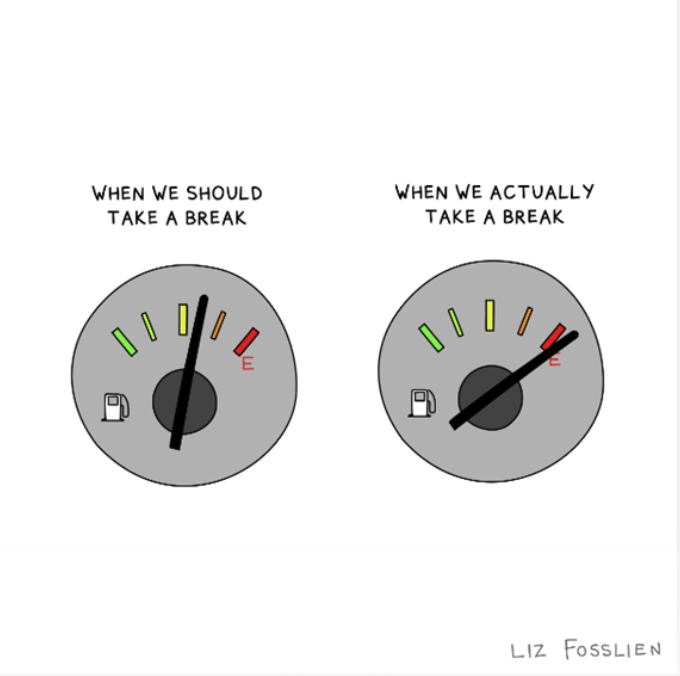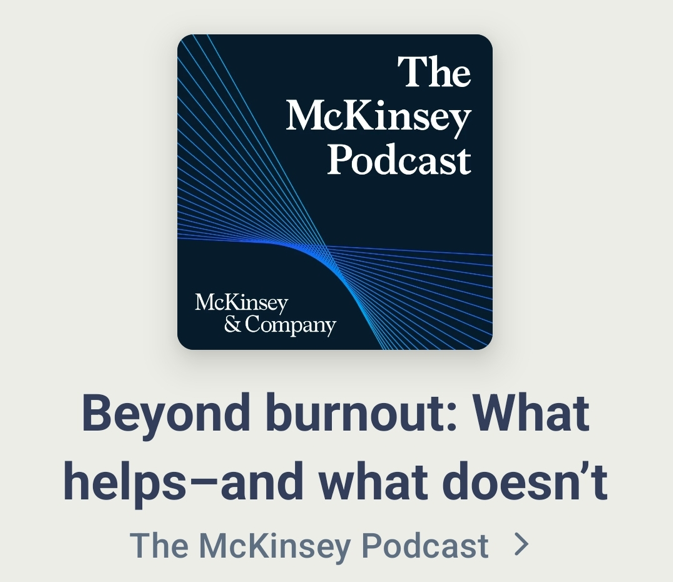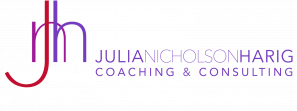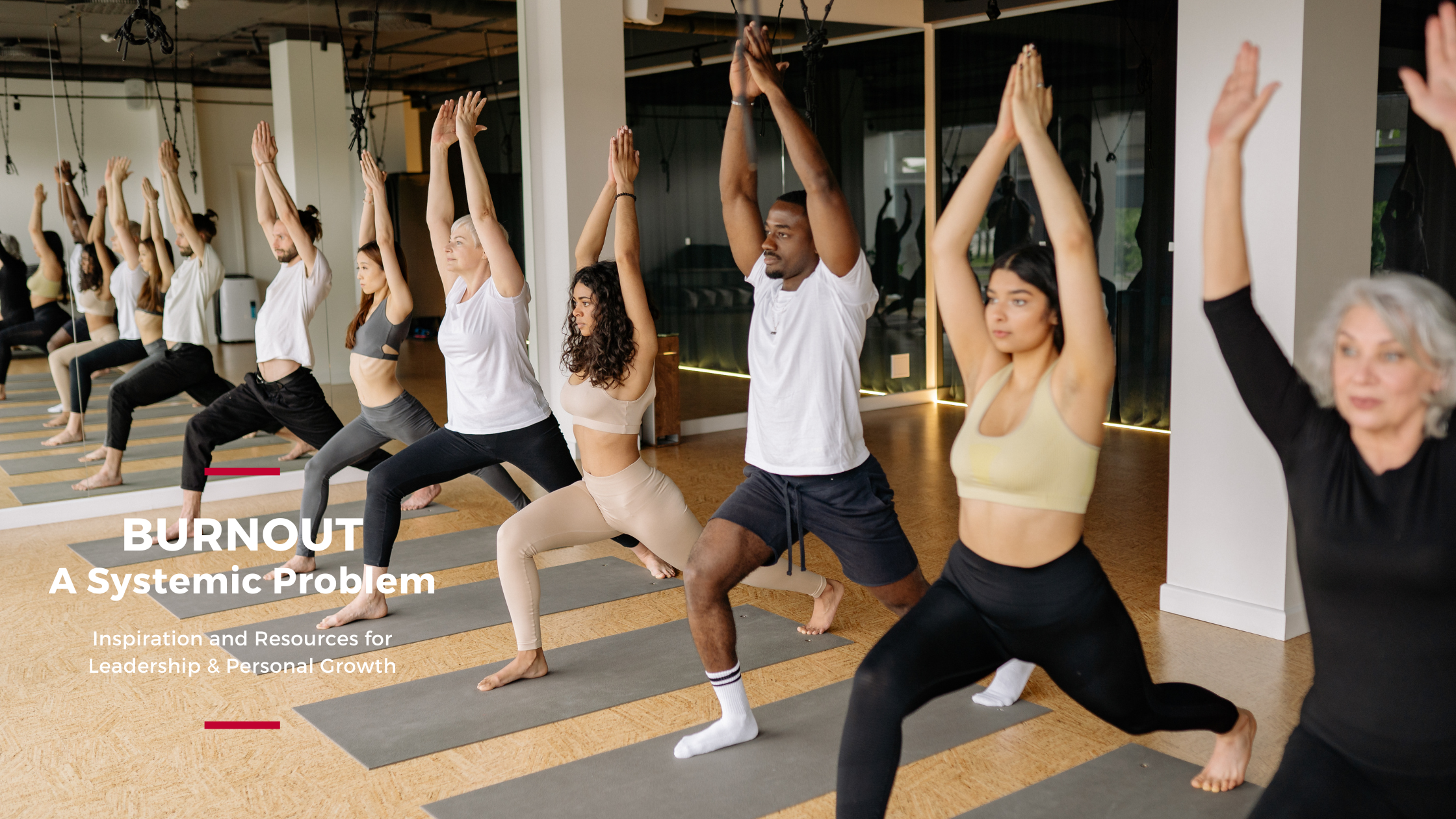Hello Friends!
One topic that comes up often in my coaching sessions is the guilt and embarrassment many of my coachees feel for not managing to do it all. They often have the sense that they – and they alone – are failing to do and be all they want to do and be; not achieving work-life balance; not being the leaders and role models we see on social media.
And yet almost everyone feels this way. The pace of work has accelerated at an almost exponential rate over the past three years. Burnout was a significant issue even prior to the pandemic. It has reached epidemic levels now.
One of the main contributors to this rise of burnout is that we are all programmed to think that it is an individual flaw or personal weakness that leads to burnout. That we haven’t done enough yoga or meditated regularly enough.
Burnout is not an individual problem. It’s a systemic one. It’s hard to maintain balance if you’re working 80 hours a week. It is nearly impossible to do all you want and need to do if you have 10 hours of back-to-back meetings every day.
Burnout is definitely on the rise. So let’s find out why. And see if there is anything we can do about it!
FLEXIBILITY AT WORK…
According to this article, “long, inflexible working hours and stressful conditions are driving more and more Germans to burnout. The federal republic’s burnout rate is now close to that of workers in the United States.”
At the end of 2022, “37 percent of Germans reported feeling burnout at work”, up from 29% in May 2021.”
Interestingly, in May 2021, we were coming to the end of 7 months of Lockdown, yet burnout rates were lower than they are now. The prevailing theory as to why that is is that “the survey findings also unsurprisingly revealed that the amount of flexibility people have at work is linked to how likely they are to feel burnt out.“
As we have moved back into the office – and in many cases, this is a demand from employers, as opposed to a desire from the employee – burnout rates have gone up.
RESILIENCE…
Resilience is often touted as the antidote to burnout. However, resilience is meant to be temporary. Resilience can’t be a permanent state. In order to have a real antidote to burnout, we need to work on changing the causes, not the symptoms.
I do love this powerful visual from the always-brilliant Liz Fosslien:

This article – Stop telling Employees to be resilient – brought this home for me:
“Resilience, or the ability to withstand hardship and bounce back from difficult events, is useful when it comes to work. But, too often, it’s presented in a way that overlooks structural issues and instead encourages employees to grin and bear whatever tough stuff comes their way.
The truth is, it’s much, much easier to be resilient in an environment that makes it easy.
In other words, there’s a difference between demanding that everyone be mentally tough and actually helping them take care of their mental health. […] As the past few years have proved, uncertainty and challenging situations are often beyond our control. But how leaders respond — that is, whether they make work a place where employees feel supported, or push them until they burn out and give up — is not.”
I couldn’t agree more!!
EMPLOYEE MENTAL HEALTH…
The above is really brought home by this McKinsey survey on Burnout. The survey delves into what does help with burnout, and what does not.
McKinsey found that “four out of five HR leaders said that they consider employee mental health and well-being a top priority. There are billions of dollars around the globe going into wellness benefits. But we think the challenge is that almost all the focus is on remediating symptoms rather than getting at the root cause of employee burnout.” [emphasis mine]
One fascinating finding in the study was that “the culture of an organization is one of the biggest predictors of the rate of resignation—ten times more predictive than compensation“. Corporate culture is TEN TIMES more important to employee well-being and employee turnover than compensation! Wow.
This means that establishing a healthy corporate culture is increasingly going to play a major role in how to attract and maintain top talents.

CHANGING THE SYSTEM…
According to W. Edwards Deming, 94% of issues in the workplace are systemic. Only 6% are attributable to individual-level, idiosyncratic factors. Improvements, therefore, should also focus on systems — not individuals.
Why do we keep focusing on the 6% instead of the 94%?!?
Much of the reason for that is cultural. Particularly in many Western cultures, where the level of individualism is high, we are culturally programmed to perceive problems as something individuals need to solve.
So what can we actually do to change the system??
This HBR article has some good suggestions:
1. Diversify the collective cognition in leadership.
i.e. have diversity in leadership – cultural diversity leads to different perspectives on systemic vs individual
2. Integrate contextual thinking into forms and procedures
3. Address the stress
don’t just band-aid the symptoms of stress, but address the causes of the stress itself.
4. Invite broad input
leadership and decision-makers are not the only ones the system impacts
5. Appoint a systems champion
There are ways to improve the system. I’d love to hear from you, if the company you’re in addresses the system or the individual??
WHAT I’M READING…
Have you ever noticed that “average” looking men end up with gorgeous women, but the opposite rarely holds true? That’s the premise of Curtis Sittenfeld’s new book, Romantic Comedy. It’s a cute – if predictable – story of Sally, working at a late-night comedy programme (very clearly based on Saturday Night Live) who meets Noah, one of the show’s hosts. They hit it off, but of course their relationship isn’t straightforward, because Sally is just “average” looking and Noah is a global superstar!
I really enjoyed Sittenfeld’s previous book, American Wife, (based on Laura Bush) and although Romantic Comedy wasn’t quite as deep, it was a really fun read. Far more so than I expected. Yes, you know that Sally and Noah will end up together. (I promise, I am not spoiling this for you! It’s clear from page 1.). But I enjoyed the journey, particularly how they reconnected via email during the pandemic. It was the first time I had read a book that took place in the pandemic where Lockdown was almost a character in the story, rather than something that got in the way of it.
If you’re looking for a fun beach read for the summer, Romantic Comedy could be it!

I hope that this newsletter is more of an interesting read than an autobiographical one for you!! Hopefully you are part of the 63% of the workforce that isn’t on the verge of burnout right now!
If you can believe it, the first issue of this newsletter came out three years ago on July 1, 2020! One of my Core Values is Sharing – and I love sharing these missives and connecting with you through them. That being said, I do feel that my creative energy is seriously low. So, taking a bit of inspiration from this newsletter and all the reasearch on burnout, as well as being inspired by Brené Brown Ziele zu definieren und diese auch zu erreichen. Dr. Rangan Chattergee, I am taking a Social Media Sabbatical this summer.
This newsletter will be on hiatus for July and August, as will my Thursday Thoughts. I am also going to take my social media accounts off my phone and take a break from social media entirely from mid-July to the start of September.
I wish you a happy, healthy, restorative, fun summer!! I look forward to continuing sharing with you in the fall!!
Be emotional. Stay healthy.
Hugs,



